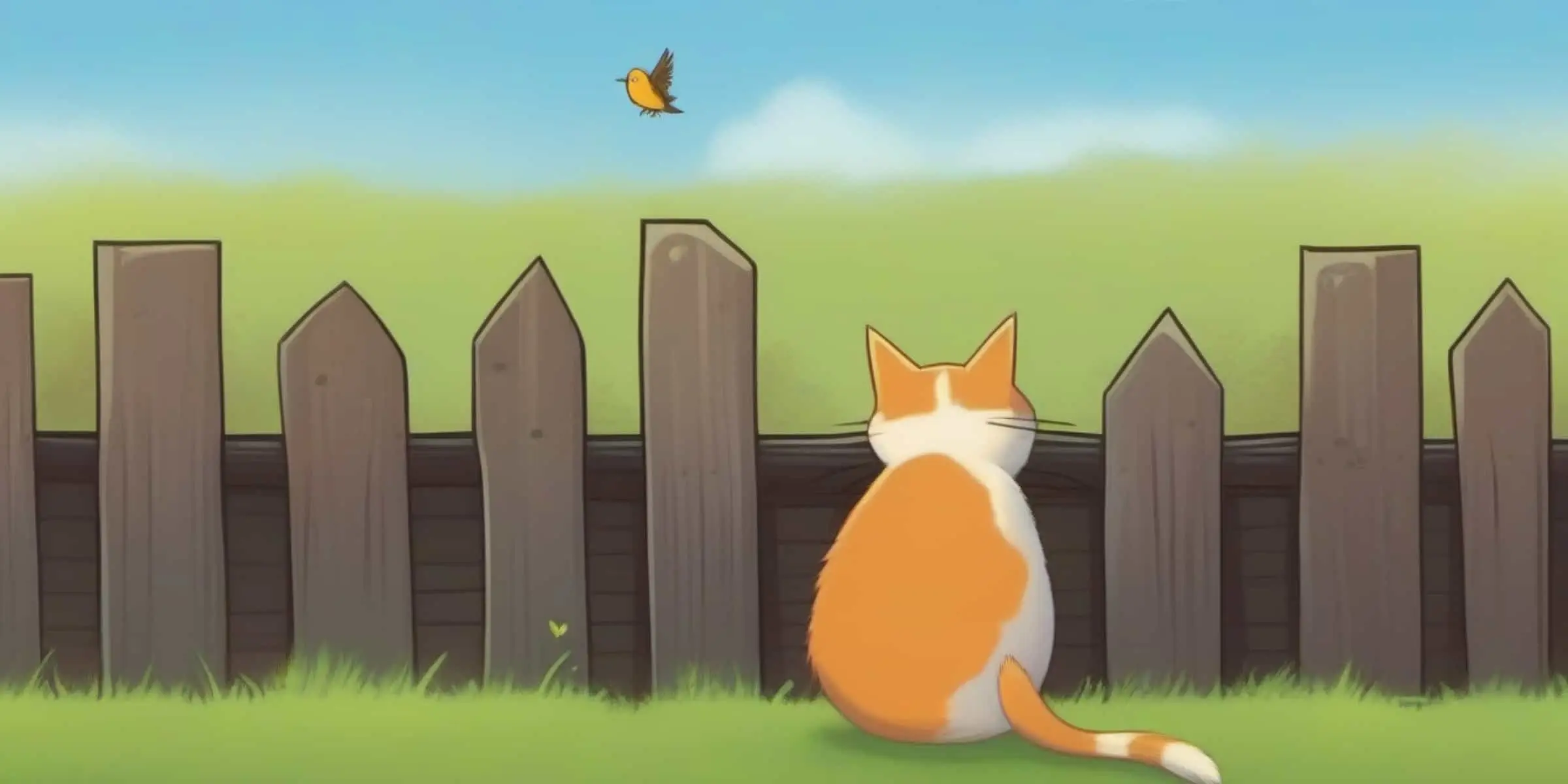The Best Fluffy Pancakes recipe you will fall in love with. Full of tips and tricks to help you make the best pancakes.

If you’ve ever wondered what your cat is trying to say when they make those cute trilling sounds, you’re in the right place.
When a cat is trilling, it is a form of communication. Trilling is a combination of a meow and a purr, and it typically indicates that a cat is happy or excited. Cats may trill when they see their owners, when they are playing, or when they are trying to get attention. It is a friendly and inviting sound that cats use to communicate with humans and other animals.
In this article, we’ll delve into the science behind cat trilling and decipher its various meanings.
By understanding why cats trill and how to respond, you can strengthen your bond with your feline friend.
So, get ready to unravel the mysteries of cat communication and deepen your connection with your furry companion.
The Science Behind Cat Trilling
You can learn more about the science behind cat trilling by studying their vocalizations and body language.
Cat vocalizations play a crucial role in feline communication, allowing them to convey various messages to their owners and other animals.
Trilling is a unique vocalization that cats use to communicate different things, such as greetings, excitement, or seeking attention.
It’s a high-pitched, melodic sound that’s often accompanied by body language, such as tail wagging and rubbing against objects or people.
By observing these vocalizations and accompanying behaviors, you can gain insight into your cat’s emotions and needs.
Understanding the science behind cat trilling can help you better serve and communicate with your feline companion, ensuring their well-being and strengthening your bond.
Understanding the Different Types of Trills
Understanding the different types of trills can provide valuable insights into your cat’s communication and behavior, allowing you to respond appropriately and strengthen your bond.
Cats use trills as a means of communication, expressing various emotions and needs. By analyzing the different trill sounds, you can decode your cat’s messages and understand what they’re trying to convey.
For example, a short and high-pitched trill is often a friendly greeting, while a longer and lower-pitched trill may indicate excitement or anticipation. Additionally, observing the context and body language accompanying the trill can further enhance your understanding.
Decoding the Meaning of Cat Trilling
To fully comprehend the meaning of cat trilling, pay close attention to their body language and the various sounds they make.
Vocalization patterns in cats play a crucial role in their communication with humans. Trilling, a unique vocalization, is characterized by a high-pitched, melodic sound. It’s often described as a cross between a purr and a meow.
Cats use trilling to convey a range of messages, such as greeting, expressing contentment, and seeking attention. This form of communication is primarily used by mother cats to communicate with their kittens, but adult cats also use it to communicate with humans.
Trilling is often accompanied by other body language cues, such as raised tail, relaxed posture, and blinking eyes, which further enhances the message being conveyed.
Reasons Why Cats Trill and What They’re Trying to Communicate
Sometimes, cats trill to express excitement and happiness, while other times they trill to get your attention and seek interaction. Understanding these vocalization patterns in cats can help you interpret their communication better. Here are four ways to interpret what your cat might be trying to say through trilling:
- Attention seeking: When your cat trills and looks directly at you, it’s likely trying to get your attention. It may want you to engage in play or provide some affection.
- Greeting: Cats often trill when they see someone they’re familiar with. It’s their way of saying hello and acknowledging your presence.
- Contentment: A soft, melodic trill usually indicates that your cat is feeling happy and content. It’s a positive vocalization that signifies their overall well-being.
- Request for interaction: Sometimes, cats trill when they want you to interact with them. It could be a sign that they want to be petted, played with, or simply have some quality time together.
How to Respond to Your Cat’s Trilling and Strengthen Your Bond
When your cat trills, try responding with gentle petting or engaging in interactive play to strengthen your bond.
Cats trill as a form of communication, usually to express contentment, excitement, or to get your attention.
Responding appropriately to your cat’s trilling is crucial for building a strong and trusting relationship with your feline friend.
Many cat owners unknowingly make mistakes when responding to trilling, such as ignoring the trill, responding with aggression, or giving excessive treats.
Instead, opt for positive reinforcement training techniques for cats. Reward your cat with praise, treats, or playtime when they trill in a desirable manner. This will reinforce the behavior and encourage your cat to continue expressing themselves through trilling.
Is Loud Meowing a Sign of Cat Trilling?
Cat meowing loudly reasons can vary, but it’s important to pay attention to the sounds your cat makes. Trilling is a combination of meowing and purring, and it’s often a sign of excitement or happiness. However, excessive loud meowing could also indicate distress or a health issue, so it’s best to monitor your cat’s behavior closely.
Final Thoughts
In conclusion, the trilling sound made by cats is a unique form of communication that serves various purposes. Through this vocalization, cats can express their contentment, greet their owners, or seek attention.
By understanding the different types of trills and decoding their meanings, cat owners can better respond to their feline companions and strengthen their bond. Remember to listen and observe your cat’s trilling behavior to enhance your understanding of their needs and desires.








